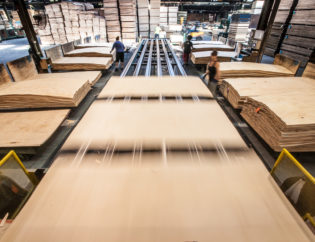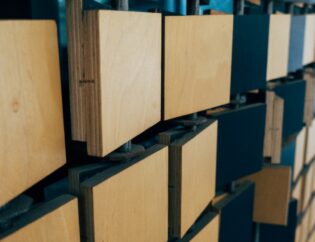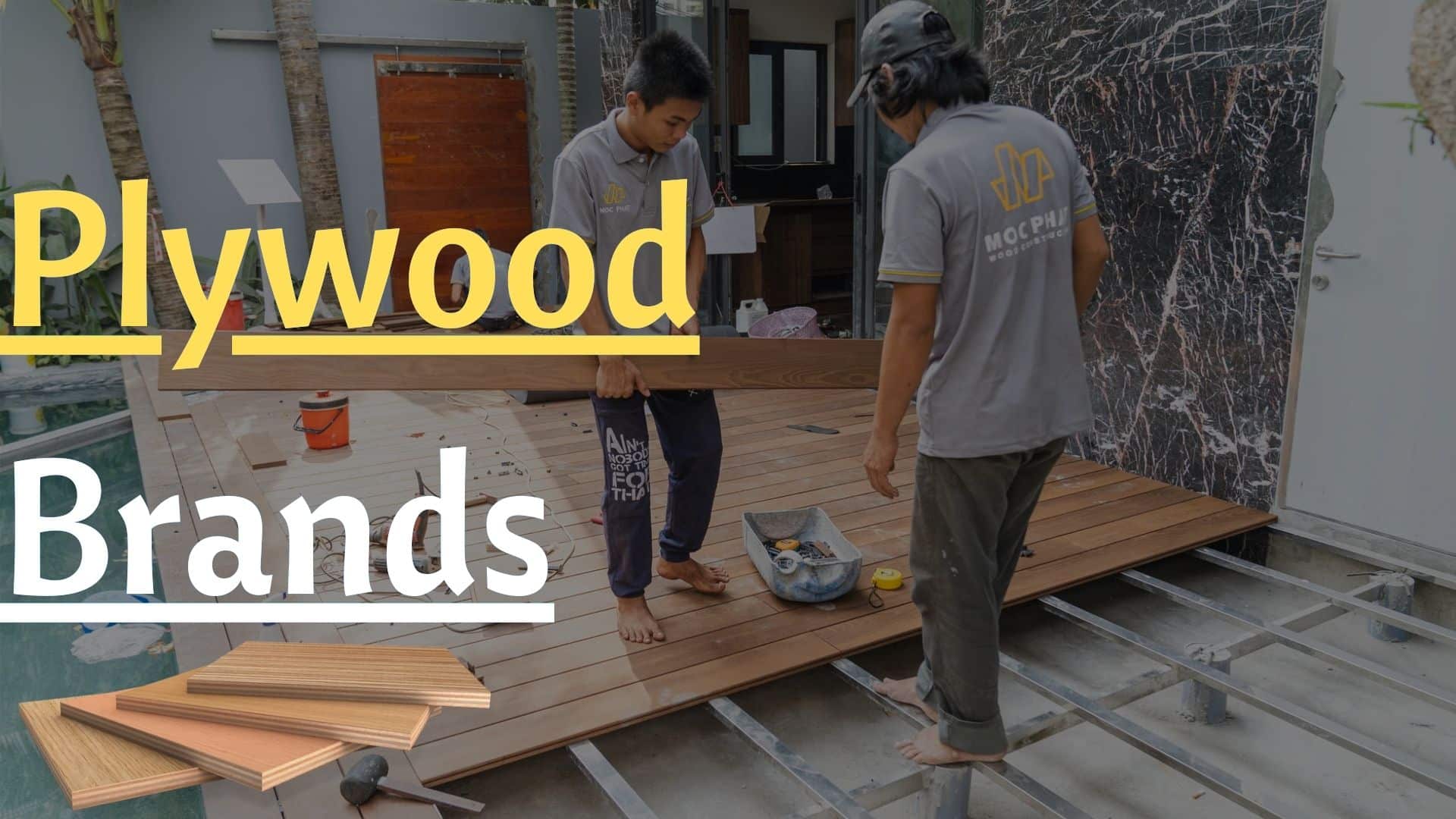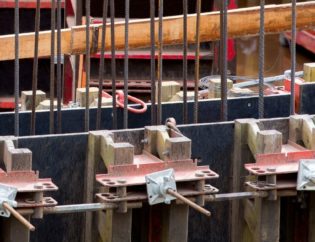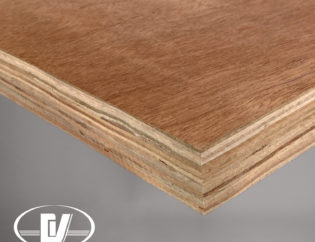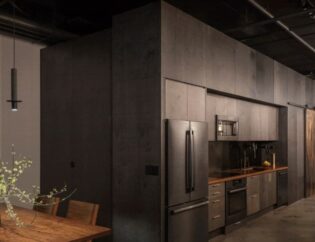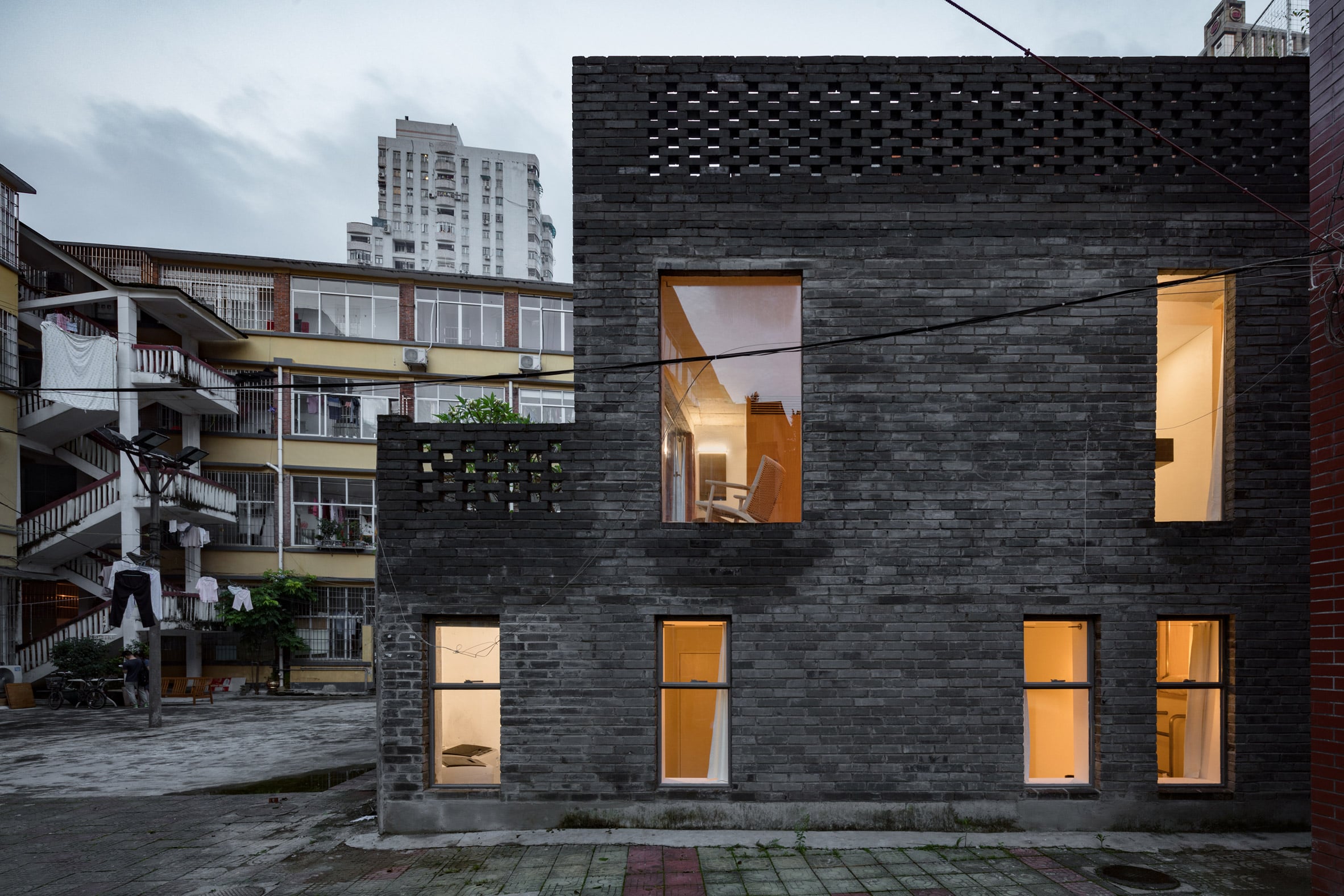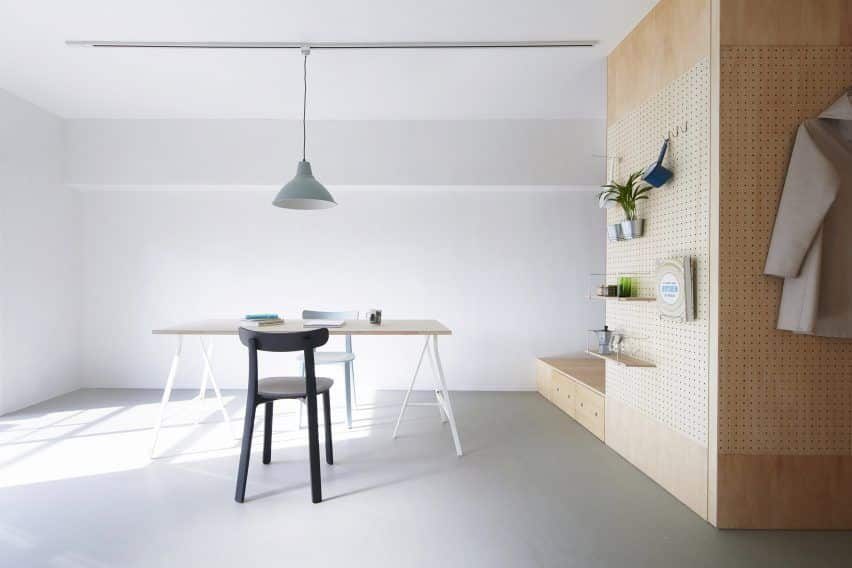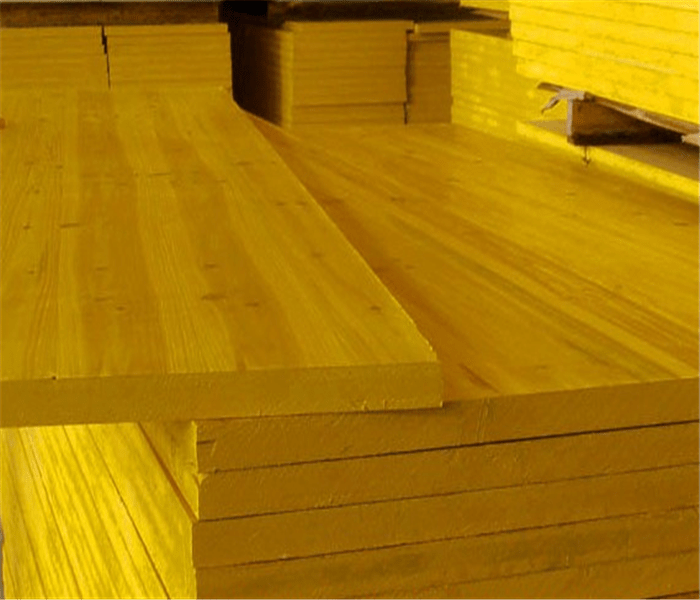
Woodworking Network
Q: What is marine plywood compared to regular plywood? Is it worth the extra cost for an outdoor project?
A: There are two plywood adhesives . . . interior (which doesn’t stand up to frequent wetting) and exterior (which isn’t affected by long-term wetting and would be called waterproof). Marine grade uses exterior adhesive. Incidentally, this is the same adhesive as used in the inexpensive construction CD-X plywood or any other exterior grade or “interior grade with exterior glue” plywood.
With marine grade, the lowest grade veneer that can be used is “B,” which means that there will be no serious voids on the surface and in the interior plies. It’s the voids and the severe crossgrain around the knot holes that cause poor adhesion in some areas of CD-X. So, marine grade will have good adhesion throughout the lamination. Also, marine grade can be sawn without getting a void in one laminate on a freshly cut edge. The edges will be totally solid.
The two species used for marine grade are Douglas-fir and western larch, although I’ve seen keruing and other species used in a plywood product called marine grade. You can get the same performance from panels such as exterior AC in most cases.
Marine grade has no natural decay resistance. It has no chemicals added to enhance decay resistance, unless it has been subsequently pressure treated (= $$$). Marine grade has no special waterproofing in or on the wood, unless it has been added as a special feature.
If you don’t get the wood wet very often and if it’s sealed, as you state, there’s no difference in performance indeed by using a different, less expensive grade and species with an exterior rating.
A final note: Most interior grade panels do not use exterior adhesives (although CD-X does). But if the plywood seldom gets wet, the interior adhesive will be just fine.


